Red-backed salamander
Red-backed salamanders are abundant, outnumbering all of the reptiles, rodents and birds that share their forest habitat.
They weigh about as much as a paper clip. Dew worms dwarf them. They are, by weight, the smallest vertebrates in Ontario. But what they lack in size they more than make up in numbers. Red-backed salamanders are abundant, outnumbering all of the reptiles, rodents and birds that share their forest habitat. Densities of red-backed salamanders have been estimated as 500 to 9000 per hectare of woodland!
For several years I took part in a salamander monitoring project at Forks of the Credit Provincial Park. Boards were placed on the forest floor to provide cover for salamanders. Particularly bountiful monthly counts would yield upwards of 70 red-backed salamanders hiding under the boards.
Almost all amphibians need to lay eggs in water. Not so the red-backs. They have escaped the surly bonds of aquatic existence. Females lay small grape-like clusters of eggs under stones or suspended in the cavities of rotting logs.
Freed from the necessity to remain close to ponds, red-backs can disperse to occupy the entirety of the available habitat in woodlands. Laying eggs sans aqua also allows their larvae to avoid becoming lunch for ravenous pond-dwelling predators such as dragonfly nymphs and diving beetles.
Of interest as well is that red-backs are lungless, drawing oxygen through their skin. For this to work their skin must be moist, so during the day the salamanders stay out of sight under forest debris. In especially dry weather, and during the winter, they retreat underground.
Many populations of red-backed salamanders are now completely separated from each other. Creatures with legs smaller than carpet tacks cannot readily cross roads and farm fields. Isolation drives the creation of new species. In a few millennia or so, future herpetologists – reptile and amphibian biologists – may have their hands full, cataloguing a diversity of red-backed salamander descendants.
Related Stories
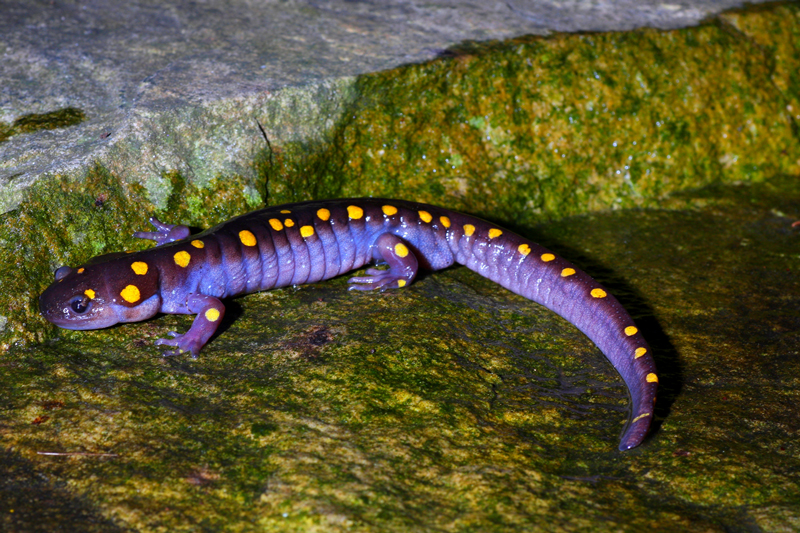
April is Salamander Time
Apr 9, 2010 | | Notes from the WildDon Scallen introduces us to three species of salamanders that are starting to appear in our hills. The first half of April is salamander time in our hills.
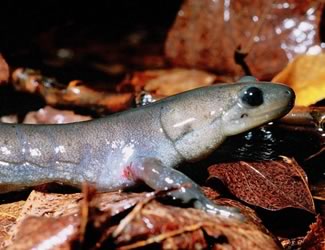
The Jefferson Salamander
Apr 5, 2011 | | Notes from the WildThe Jefferson salamander is a cause célèbre locally because of its very restricted range in Canada.

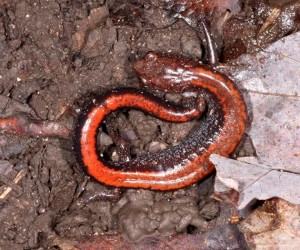
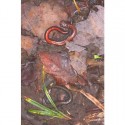
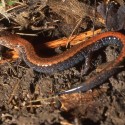
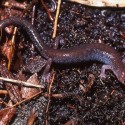
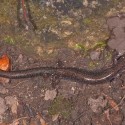
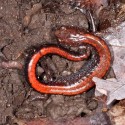
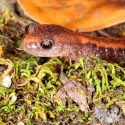
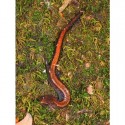






How rare are the blue skinks or salamander?
Carol Free from North Frontenac Twp on Mar 24, 2014 at 8:41 am |